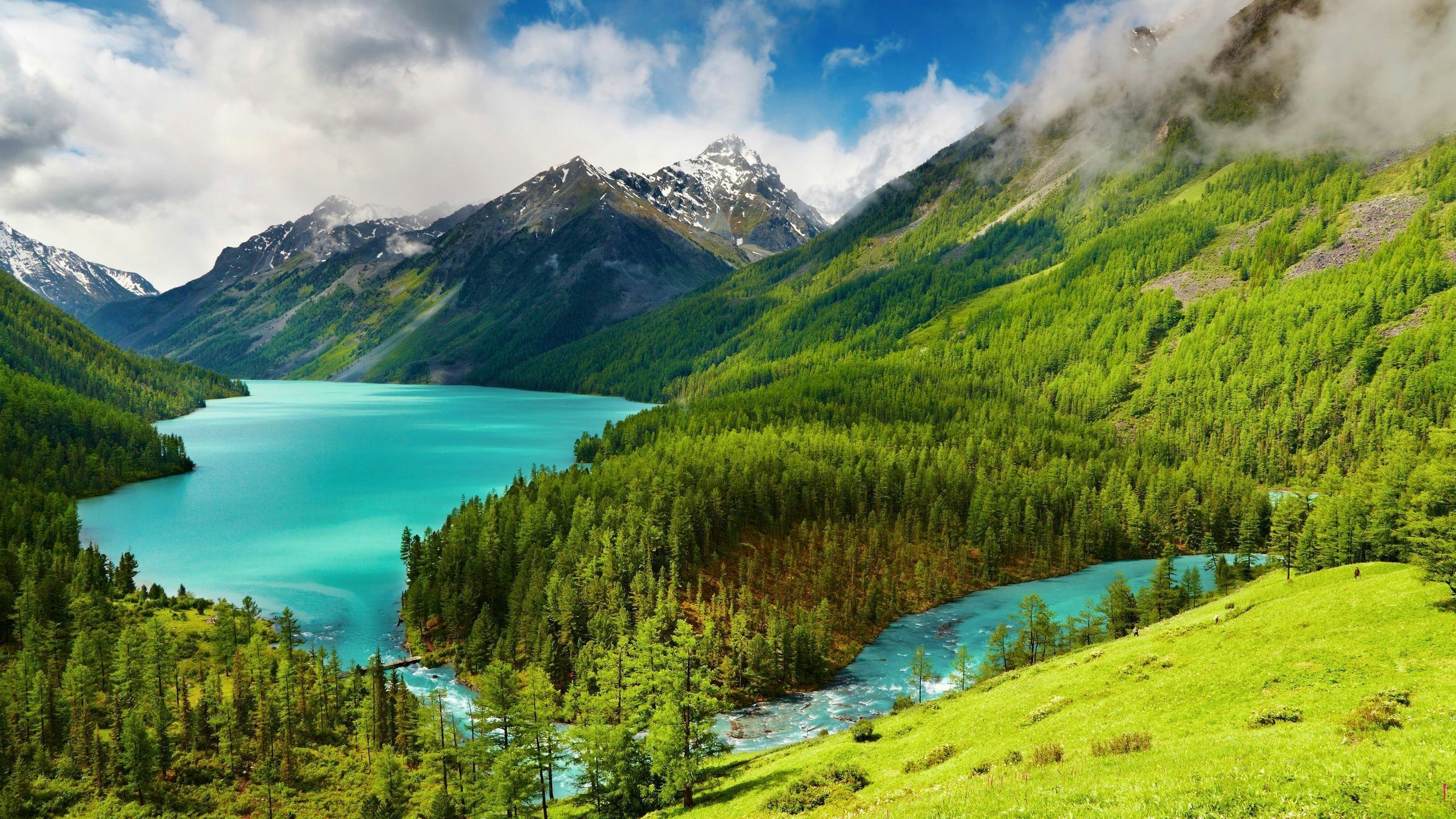Research
How To Dress Sustainably
Did you know that it can take 2700 liters of water just to make a cotton T-shirt and 3781 liters of water to make a pair of jeans? This is because cotton is an extremely drought intolerant plant. Cotton also only takes up 2.5% of agricultural land but accounts for 16% of pesticides and 6.8% of herbicides used in the world.
Learn MoreMicroplastics
Every year, 5-14 million tons of plastic are dumped into the ocean. This means 500 pounds of plastic enter the ocean every second. However, if that much plastic entered the ocean every year, then visible, floating plastic debris would only account for about 1% of the total trash in the ocean. Where is the other 99%?
Learn MoreThe Importance of Sea Ice
Sea ice is frozen ocean water. It grows and melts in the ocean, and most of it is found in the Arctic and Antarctica. Sea ice has a huge impact on our global climate.
Learn MoreThe Effect of COVID on Oceans
With the economy shutting down for the past year due to COVID-19 and only reopening only a few months ago, you might think that the ocean is doing significantly better because of less greenhouse gas being released into the air and less human activity. This is true to some extent, but at the same time there are new problems that come along.
Learn MoreDead Zones
Dead zones are low oxygen regions in water, also called hypoxic regions. They are called “dead zones” because of the lack of life in those areas.
Learn MoreEmission Trading
Emissions trading is a system in which a regional or national government gives or auctions allowances to corporations on how many tons of emission they can produce, and corporations must pay a fee for every ton of emission they produce beyond the allowance.
Learn More